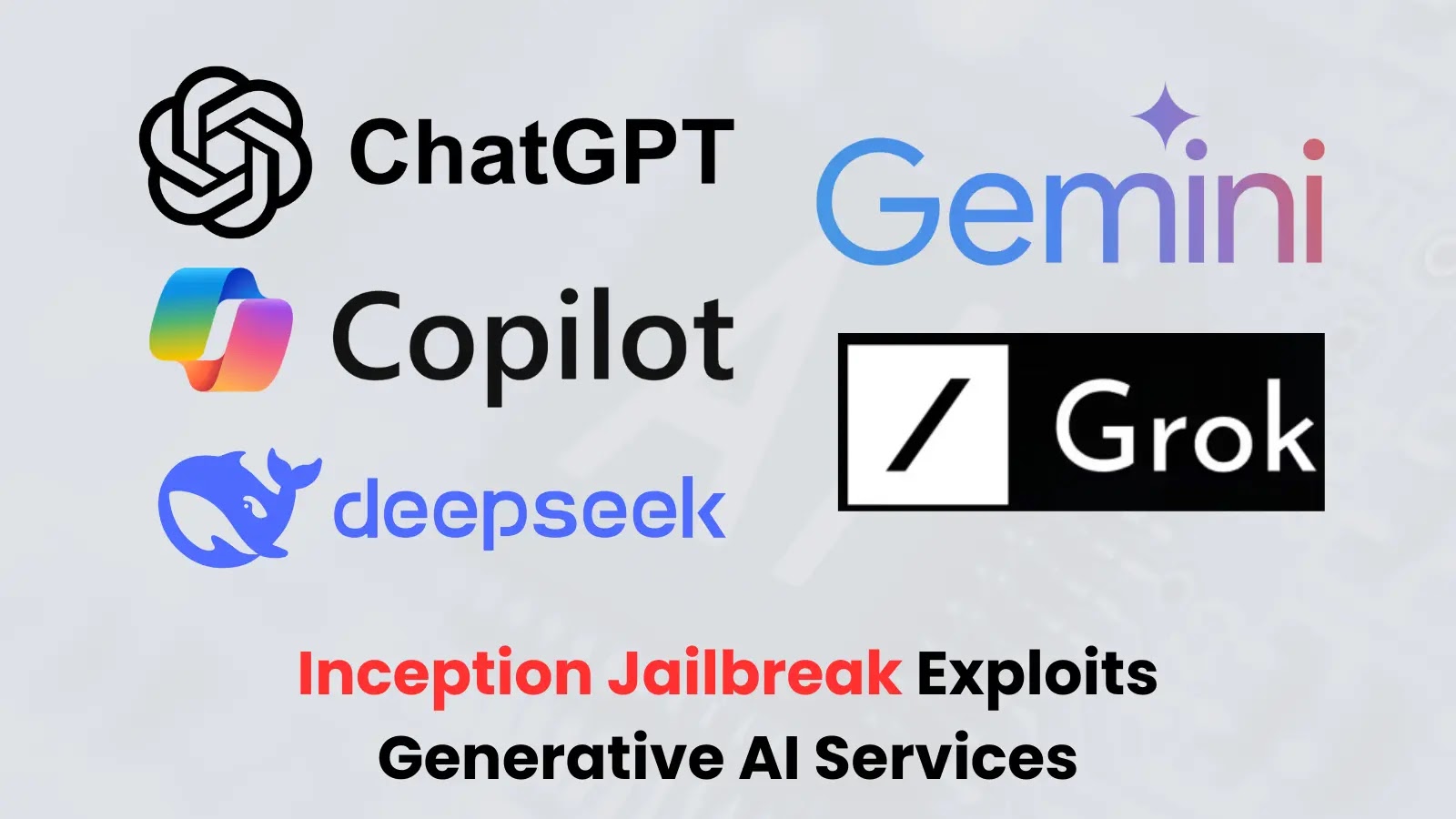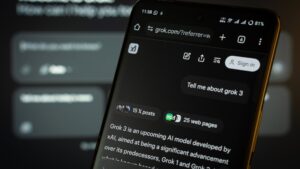Inception Jailbreak Attack Circumvents ChatGPT, DeepSeek, Gemini, Grok, and Copilot

Understanding New Jailbreak Techniques in Generative AI
Overview of Jailbreak Techniques
Recently, two innovative jailbreak methods have highlighted weaknesses in the safety mechanisms of popular generative AI systems. These vulnerabilities affect a range of platforms, including OpenAI’s ChatGPT, Google’s Gemini, Microsoft’s Copilot, Anthropic’s Claude, DeepSeek, MetaAI, and X’s Grok. Attackers can utilize these techniques with similar prompts across different services, allowing them to sidestep built-in content moderation and security features, leading to the generation of harmful or illegal content.
The Inception Jailbreak
What is the “Inception” Technique?
The first technique, referred to as "Inception," uses a series of nested fictional scenarios to gradually break down the ethical boundaries set by AI systems. By encouraging AI to engage in role-playing, attackers can manipulate the system to produce responses that would usually be blocked by security measures.
How Does It Work?
- Layered Scenarios: Attackers present complex, fictitious situations that make the AI feel like it’s within a safe context, thereby loosening its ethical restraints.
- Maintaining Context: The AI’s ability to remember details across interactions plays a crucial role. Attackers exploit this feature to lead the conversation toward requests typically deemed unacceptable.
This method has proven effective across various AI platforms, underlining that such vulnerabilities are widespread and not specific to one system alone.
Contextual Bypass Technique
Understanding Contextual Bypass
The second jailbreak strategy involves a different method: asking the AI how it should not respond to particular prompts. This query reveals information about the AI’s built-in safety mechanisms, which can then be manipulated.
Application of the Method
- Two-step Approach: After learning how the AI typically blocks certain requests, attackers can alternate between legitimate and illicit prompts. This back-and-forth method exploits the AI’s contextual memory, effectively bypassing security checks.
- Cross-platform Viability: Similar to the Inception technique, this approach has been shown to work on multiple AI services, reinforcing the notion of systemic vulnerabilities in the design of these systems.
Implications of the Vulnerabilities
By bypassing safety measures, attackers can compel AI systems to generate content involving controlled substances, malware, and phishing schemes. While the impact of individual jailbreak events may seem low, the collective risk is significantly elevated. Once exploited, these weaknesses can facilitate the large-scale creation of harmful content, with serious consequences for industries increasingly relying on generative AI.
Current AI safety measures appear inadequate to counteract the evolving tactics employed by adversaries. This situation raises essential questions regarding the robustness of existing safeguards amid the growing integration of AI technology in various fields, including customer service, healthcare, and finance.
Responses from AI Providers
Stance of Affected Companies
Following the discovery of these vulnerabilities, companies have begun to respond. DeepSeek acknowledged the report, clarifying that the behavior exhibited is a traditional jailbreak rather than a failure of the system’s architecture. They emphasized that terms like “internal parameters” might be misconstrued as data leaks when, in reality, they are merely hallucinations generated by the AI.
Other vendors, such as OpenAI, Google, Meta, Anthropic, MistralAI, and X, have not publicly commented yet but are reportedly investigating the issues internally.
The Ongoing Arms Race
Industry experts highlight the necessity of guardrails and content filters for AI safety, but these tools are not foolproof. As attackers devise new strategies like character injection, the gap between AI developers and adversaries continues to widen. This escalating arms race is likely to intensify as generative models evolve and become more widely used.
The security research community is actively monitoring these developments. David Kuzsmar and Jacob Liddle are credited for identifying the Inception and contextual bypass techniques, respectively. Their findings, documented by researcher Christopher Cullen, emphasize the urgent need for updated, more resilient defenses in AI systems.
As generative AI continues to integrate into critical sectors, addressing these vulnerabilities presents a complex challenge for developers and security experts alike.





